6 Essential Techniques for Sustainable Forest Management
- September 10, 2024
- 0 comment
Sustainable forest management is crucial for preserving our planet’s vital ecosystems and ensuring the health of our forests for future generations. By implementing effective techniques, we can balance environmental, economic, and social needs while maintaining forest biodiversity and resilience. Here, we explore six essential techniques that offer practical solutions for managing forests sustainably, from enhancing forest health to optimizing resource use. These strategies not only contribute to ecological balance but also support local communities and economies, making them integral to comprehensive forest stewardship.
What Is Sustainable Forest Management?
Sustainable Forest Management (SFM) is an approach that aims to balance ecological, economic, and social objectives in forest management to ensure that forests can continue to provide their essential functions for future generations. It involves carefully planned and executed practices that maintain or enhance forest biodiversity, productivity, and ecological processes while meeting the needs of people. SFM incorporates strategies such as selective logging, reforestation, and conservation of forest habitats to protect and restore forest ecosystems. This approach also includes monitoring and adapting management practices to respond to changing environmental conditions and challenges.
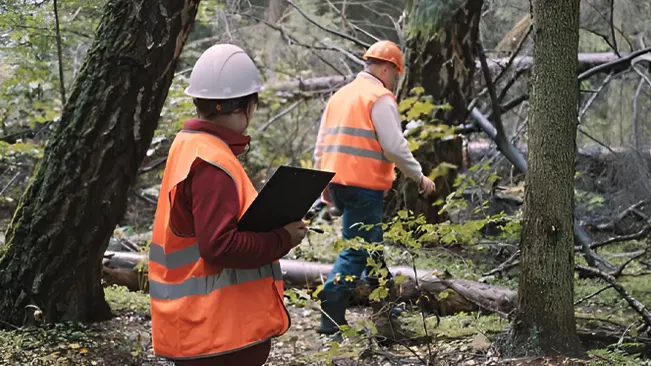
The core principle of SFM is to manage forest resources in a way that they remain productive and resilient over time. This includes managing forest areas to prevent degradation, reduce deforestation, and mitigate the impacts of climate change. By engaging local communities and stakeholders in decision-making processes, SFM fosters collaborative efforts to achieve sustainable outcomes. Through practices such as community-based forest management and forest certification, SFM ensures that forest resources contribute to local livelihoods while preserving the ecological health of forest ecosystems.
List of Sustainable Forest Management Techniques
1. Prescribed Fire
Prescribed fire is a forest management technique where controlled burns are intentionally set under specific conditions to achieve ecological benefits. This practice helps reduce the accumulation of dead vegetation and underbrush, which can otherwise lead to severe wildfires. By using fire as a tool, forest managers can restore ecological processes, such as nutrient cycling and habitat regeneration, and promote the growth of fire-adapted plant species. Prescribed burns also help to manage invasive species and create diverse plant communities that support wildlife.
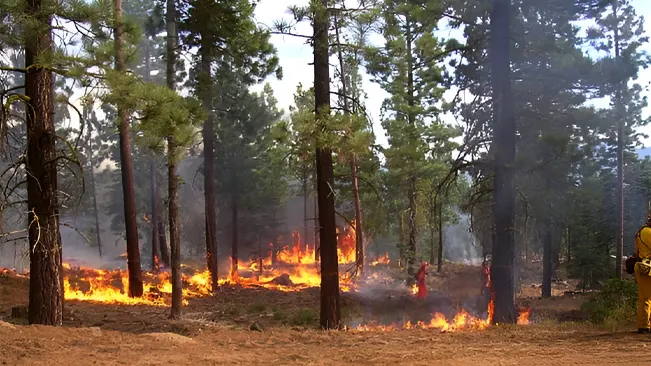
In addition to its ecological benefits, prescribed fire is a proactive measure for wildfire management. By reducing fuel loads and managing vegetation, it can lessen the intensity and spread of wildfires, thereby protecting both forest resources and nearby communities. The success of prescribed burning relies on careful planning and execution, including selecting appropriate weather conditions, monitoring fire behavior, and ensuring that the burns are conducted safely and effectively.
2. Forest Thinning & Pruning
Forest thinning involves selectively removing some trees from a forest stand to reduce competition for resources among the remaining trees. This technique improves the overall health and growth of the forest by increasing the availability of water, nutrients, and light. Thinning also reduces the risk of disease and pest infestations by decreasing tree density, which can lead to more robust and resilient forest ecosystems. This management practice supports biodiversity by creating varied forest structures and openings that benefit different wildlife species.
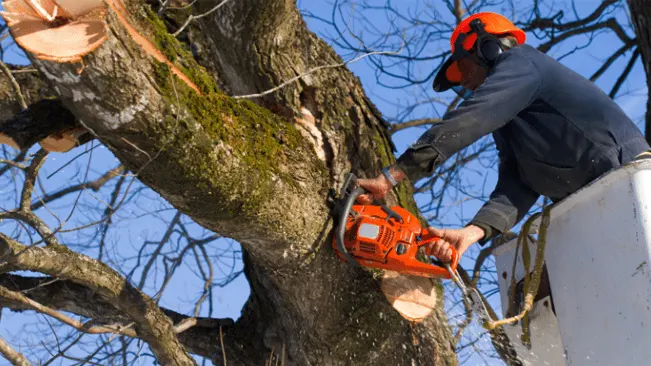
Pruning, on the other hand, focuses on removing dead, damaged, or overcrowded branches from individual trees. This technique enhances tree health by improving air circulation and light penetration, which reduces the risk of fungal infections and pests. Pruning also helps shape the growth of trees for better timber quality and aesthetic value. Together, thinning and pruning contribute to sustainable forest management by promoting forest health, productivity, and ecological diversity.
3. Timber Harvesting
Timber harvesting is the process of cutting and removing trees for commercial or personal use. Sustainable timber harvesting practices aim to balance economic needs with environmental conservation. Techniques such as selective logging and clear-cutting in controlled areas help ensure that timber resources are used efficiently while minimizing ecological disruption. Proper planning and adherence to regulations are crucial to prevent overharvesting and to protect soil, water, and wildlife habitats.
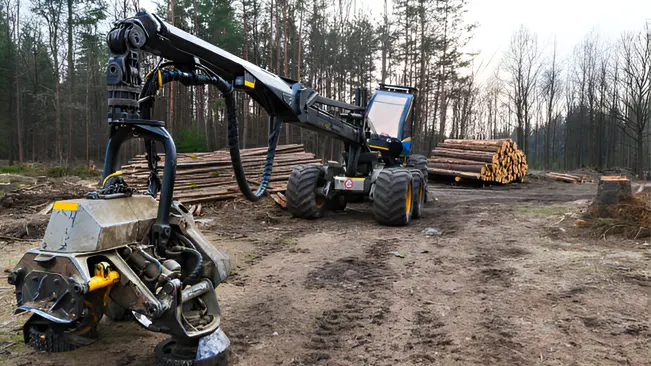
To promote sustainability, timber harvesting is often combined with reforestation efforts, where harvested areas are replanted to maintain forest cover and ecosystem functions. Harvesting plans typically include measures to minimize soil erosion, protect water quality, and maintain biodiversity. By implementing sustainable harvesting techniques, forest managers can meet the demand for timber products while supporting long-term forest health and resilience.
4. Replanting & Regeneration
Replanting and regeneration are critical components of sustainable forest management, focusing on restoring and revitalizing forest areas that have been disturbed or depleted. Replanting involves the deliberate planting of tree seedlings in deforested or degraded areas to reestablish forest cover and promote ecological recovery. This process can help restore habitat for wildlife, improve soil health, and increase carbon sequestration.
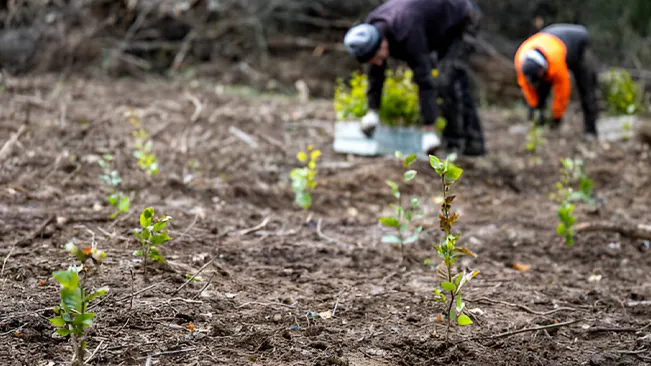
Regeneration, on the other hand, encompasses both natural and artificial methods to promote the growth of new trees in a forest. Natural regeneration relies on the forest’s ability to self-recover through seed dispersal and natural growth processes. Artificial regeneration includes techniques like direct seeding or planting nursery-grown seedlings. Both approaches aim to ensure that forests can sustain their ecological functions and provide resources for future generations.
5. Increase Forest Awareness
Increasing forest awareness involves educating the public, stakeholders, and policymakers about the importance of forests and sustainable management practices. Public awareness campaigns, educational programs, and community outreach initiatives help foster a greater understanding of the ecological, economic, and social values of forests. By highlighting the benefits of forests, such as biodiversity, climate regulation, and recreational opportunities, these efforts encourage supportive behaviors and actions.
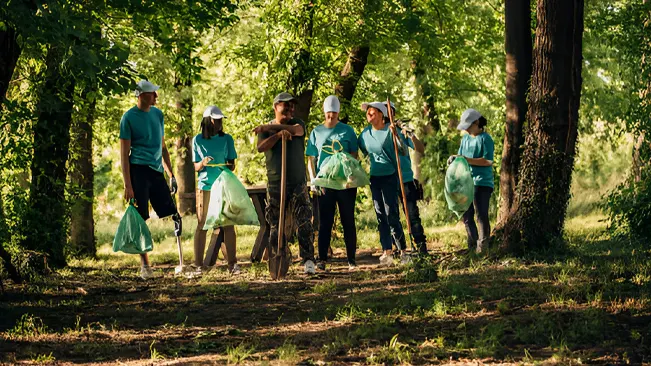
Effective forest awareness initiatives also advocate for informed decision-making and policy development. Engaging local communities and stakeholders in forest management discussions ensures that diverse perspectives and needs are considered. By promoting awareness, we can build a collective commitment to sustainable forest practices and ensure that forests are managed in ways that benefit both people and the environment.
6. Forest Monitoring & Evaluation
Forest monitoring and evaluation involve systematically assessing the health, condition, and management of forest ecosystems. Monitoring activities include tracking changes in forest cover, biodiversity, and ecological processes, as well as evaluating the effectiveness of management practices. Regular monitoring helps detect emerging issues, such as pest outbreaks or climate change impacts, and provides data to guide adaptive management strategies.

Evaluation involves analyzing the collected data to assess the outcomes of forest management efforts and identify areas for improvement. By evaluating the effectiveness of management practices, forest managers can make informed decisions to enhance sustainability and address any challenges. Comprehensive monitoring and evaluation are essential for maintaining forest health, achieving management goals, and ensuring that forest ecosystems continue to provide vital services.
How Can I Better Manage My Forest
Effective forest management begins with developing a comprehensive management plan that addresses both short-term needs and long-term sustainability. Start by assessing the current condition of your forest, including its health, biodiversity, and resource availability. This involves conducting inventories of tree species, assessing soil and water quality, and identifying any potential threats such as pests or invasive species. Based on this assessment, set clear management objectives tailored to your specific goals, whether they involve timber production, wildlife habitat conservation, or recreation. Implement practices such as selective logging, forest thinning, and controlled burns to maintain forest health and resilience while achieving your objectives.

Regular monitoring and adaptive management are crucial for maintaining and improving forest conditions over time. Establish a monitoring schedule to track changes in forest conditions, such as tree growth, soil health, and wildlife populations. Use this data to evaluate the effectiveness of your management practices and make necessary adjustments. Engage with local forestry experts or conservation organizations to stay informed about best practices and emerging trends. By continuously assessing and adapting your management strategies, you can ensure that your forest remains healthy, productive, and capable of providing ecological, economic, and social benefits for years to come.
Conclusion
In conclusion, implementing essential techniques for sustainable forest management is key to preserving forest health and productivity. Practices like selective logging, agroforestry, and reforestation help balance ecological needs with human use, enhancing biodiversity and resilience. Commitment to these strategies ensures that forests continue to provide vital resources and benefits for future generations. By integrating these methods, we support both environmental sustainability and community well-being, paving the way for a more balanced and enduring approach to forest management.
FAQs
- What is Sustainable Forest Management (SFM)?
Sustainable Forest Management (SFM) is an approach to managing forests in a way that maintains their health, productivity, and biodiversity while meeting current and future human needs. It involves balancing ecological, economic, and social objectives to ensure that forest resources are used responsibly and can continue to provide benefits over the long term. - Why is forest thinning important for sustainability?
Forest thinning removes some trees to reduce competition for resources among the remaining trees. This practice improves forest health by allowing better growth and reducing the risk of disease and pests. It also enhances biodiversity by creating varied forest structures that support different wildlife species. - How does prescribed fire contribute to forest management?
Prescribed fire involves controlled burns set under specific conditions to manage forest vegetation and reduce the risk of severe wildfires. It helps restore ecological processes, such as nutrient cycling and habitat regeneration, and can prevent the buildup of fuel that could lead to more intense, uncontrolled fires. - What is the role of agroforestry in sustainable forest management?
Agroforestry integrates trees and shrubs into agricultural landscapes, enhancing land productivity and soil health while providing additional income sources. This practice promotes a sustainable relationship between agriculture and forestry, supports biodiversity, and reduces soil erosion. - How does forest certification benefit sustainable management?
Forest certification verifies that forest management practices meet established sustainability standards, such as those from the Forest Stewardship Council (FSC). Certification ensures that forests are managed responsibly, provides market advantages, and builds consumer trust by demonstrating commitment to sustainability. - What are the benefits of community-based forest management?
Community-based forest management involves local communities in the decision-making and management of forest resources. It empowers communities, aligns management practices with local needs, and fosters stewardship, leading to more effective and sustainable forest management outcomes. - Why is forest monitoring and evaluation essential?
Forest monitoring and evaluation involve tracking and assessing forest health and management practices. Regular monitoring helps detect issues early, such as pest outbreaks or climate impacts, while evaluation provides insights into the effectiveness of management strategies, guiding necessary adjustments for improved sustainability.

Joel Cunningham
Forestry AuthorI'm Joel Cunningham, an expert in pruning and weed management with over a decade of experience. My skills are rooted in formal training and extensive practice, focusing on advanced pruning techniques and efficient weed control. I'm known for my quality work, precision, and deep understanding of plant health and soil dynamics. My contributions extend to educational initiatives where I share sustainable practices and advice, establishing myself as a reliable and authoritative figure in the gardening community.





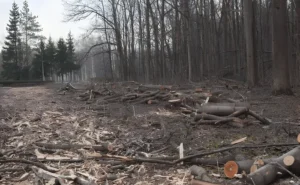
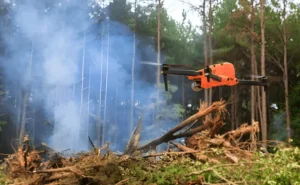




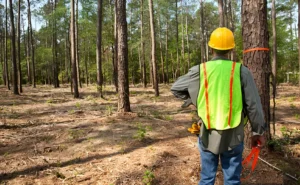

Leave your comment